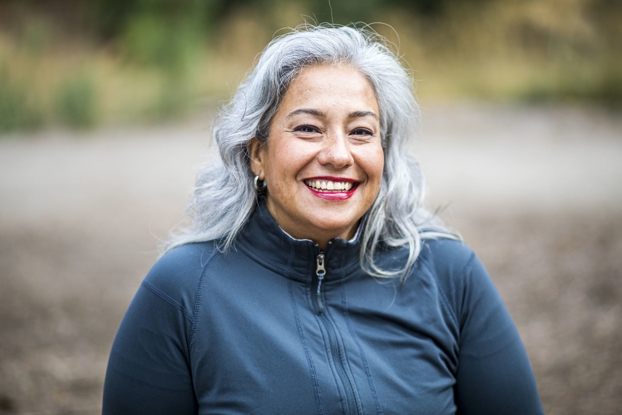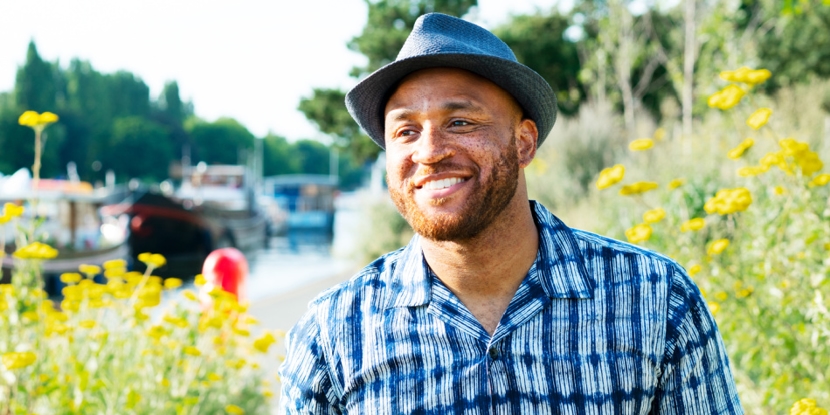Just keep swimming... safely! Pro tips for water-safety fun.
- Category: Living Well
- Posted On:

NEW ORLEANS -- Swimming is one of the most popular recreational activities in the United States. It can also be dangerous if reckless or unsupervised.
According to the Centers for Disease Control and Prevention, about ten people die from unintentional drowning every day, and of these, an average of two are children.
The main factors that affect drowning risk are lack of swimming ability, lack of barriers to prevent unsupervised water access, lack of close supervision while swimming, location, failure to wear life jackets, alcohol use, and seizure disorders.
Not to fear: The Injury Prevention team here at University Medical Center has helpful tips to keep you and your family safe while enjoying the water.
Keep an eye on children near water, ALWAYS.
Even if your child knows how to swim it is important to always supervise your child in the water. It only takes a few seconds for a toddler to fall into a pool or even in the bathtub.
Children move very quickly, therefore should never be left unattended near water. For adults and parents, we know it's tough. You want to enjoy the summertime fun, too. Because drowning occurs quickly, and quietly, adults should not be involved in any other distracting activity (such as reading, playing cards, talking on the phone, or mowing the lawn) while supervising children, even if lifeguards are present.
Don’t forget the right life jackets
Young children and inexperienced swimmers should wear U.S. Coast Guard-approved life jackets when around water. Always check to make sure the child is wearing the correct size life jacket according to the jacket weight limits. Life jackets should never take the place of adult supervision and should not be relied on alone to prevent drowning.
Teach water safety
Be sure to teach children at a young age to ask for permission to go near the water, which will communicate risks without instilling fear.
Enroll in age-appropriate swimming lessons
Learning how to swim is one of the best ways to prevent anyone from drowning. Skills to get swimmers to safety are instructed in professional swimming lessons as well as swimming techniques. It is never too late to learn how to swim. Swimming lessons are available to all age groups, including adults.
Always swim with a friend
Swimming with a buddy is not only fun, it is safe. If a swimmer is in danger, a friend can help, if safe to do so, or call 911 for help. If you are trained, start CPR, but if you are not trained the 911 operator can instruct you on what to do by the phone. Even if someone seems normal when revived please still seek medical care.
Swim in the designated swim area and make sure there is a lifeguard on duty.
With COVID-19 restrictions, some regular summertime swimming areas may be closed leading swimmers to look for other places to swim and cool off. Designated areas are deemed safe for swimmers. Non-designated areas may have strong currents or other dangers in the water that may not be seen. Always swim with a trained lifeguard on duty.
Learn more information about our Injury Prevention Program by clicking here.


